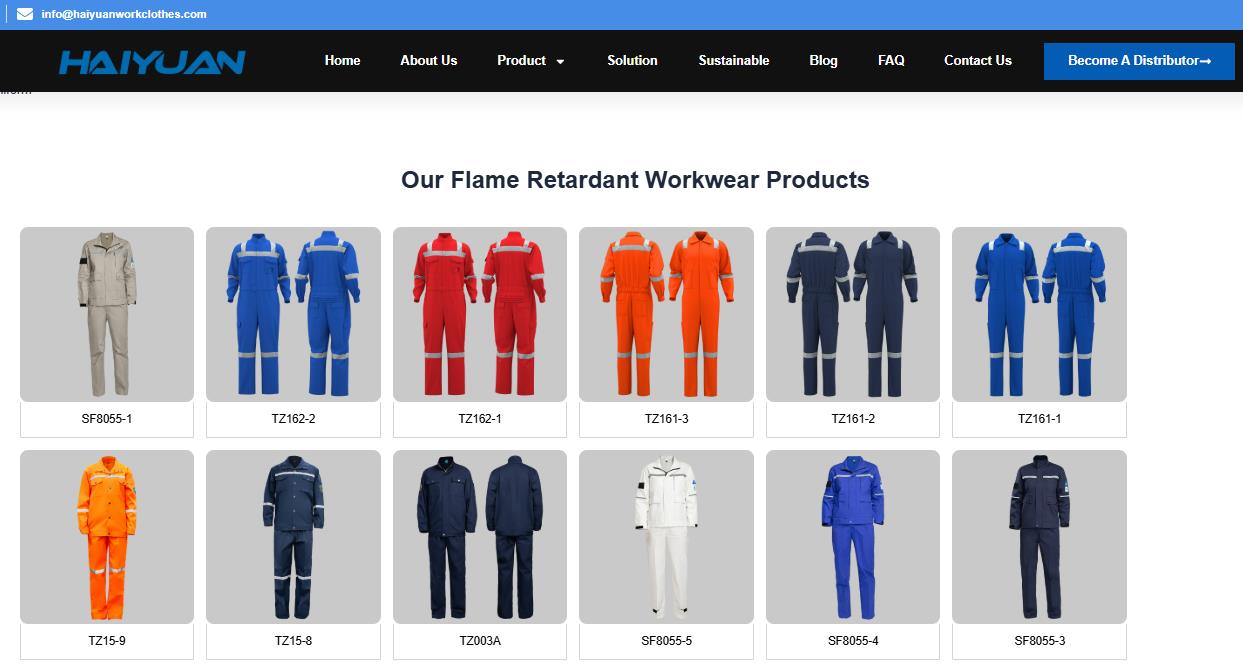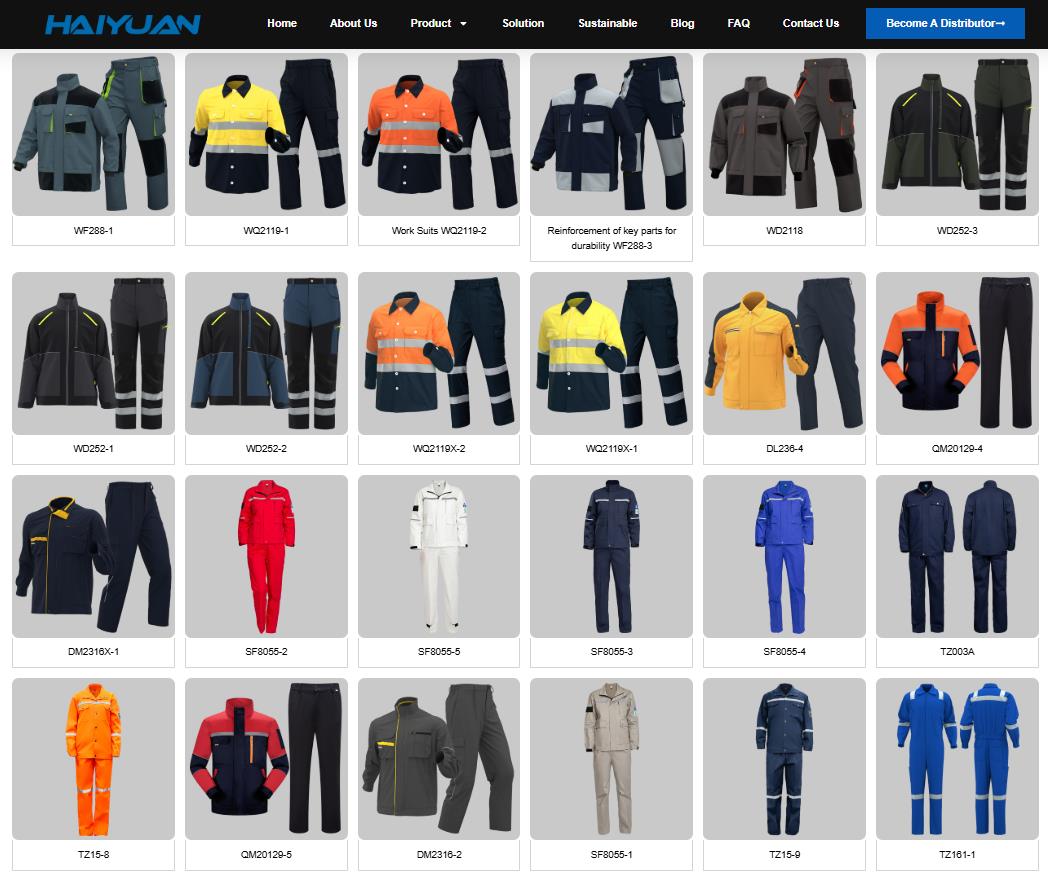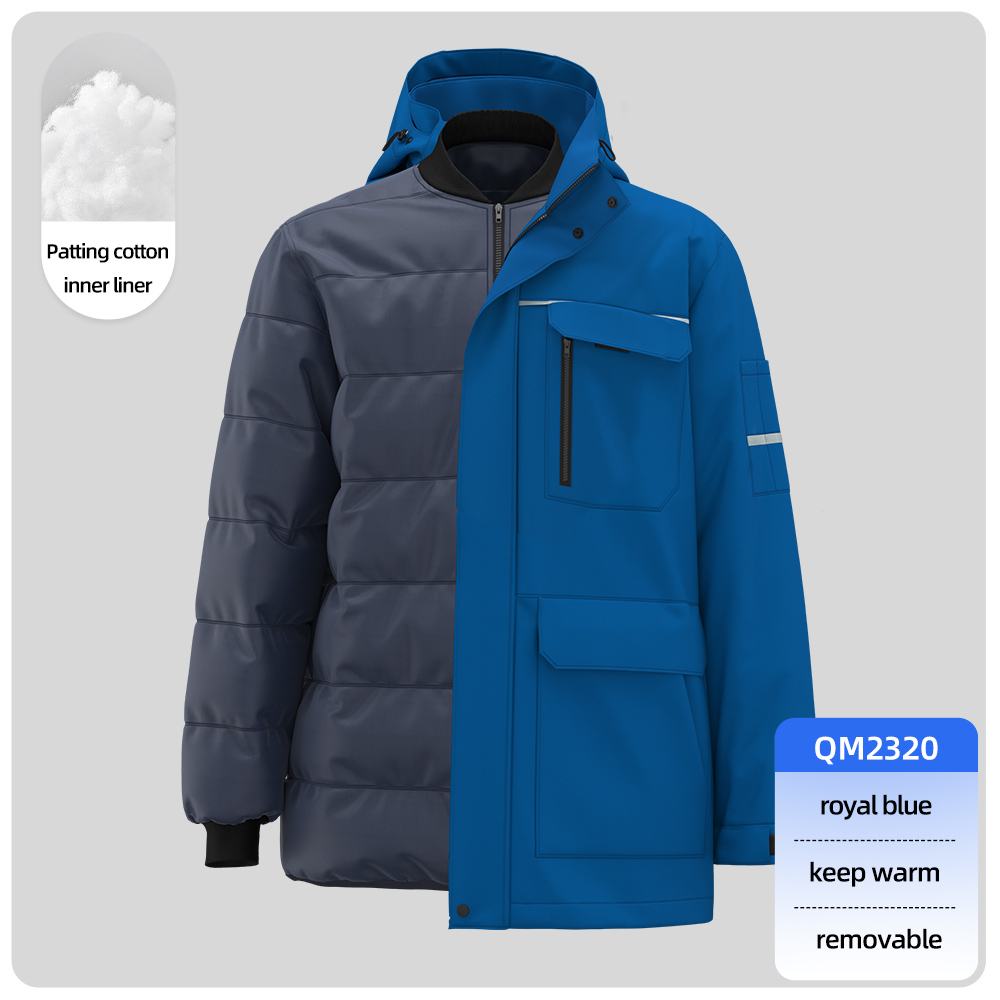Here is a detailed breakdown of oilfield Flame-Resistant (FR) clothing requirements, covering the standards, types of clothing, and best practices.
The Golden Rule: Always Follow Your Employer’s Specific Policy
The single most important requirement is the safety policy of the oil and gas company you work for. They will have the final say on approved garments, brands, and additional PPE. This guide provides general industry standards, but your company’s HSE (Health, Safety, and Environment) department’s rules always take precedence.
1. Why FR Clothing is Mandatory
Oil and gas sites are filled with potential ignition sources (electrical equipment, welding, open flames) and flammable materials (hydrocarbons, gases, vapors). FR clothing is designed to self-extinguish once the ignition source is removed, significantly reducing the severity and duration of burns, which can be the difference between life and death.
2. The Governing Standards (NFPA)
FR clothing in North America is primarily governed by standards set by the National Fire Protection Association (NFPA).
-
NFPA 2112: Standard on Flame-Resistant Garments for Protection of Industrial Personnel Against Short-Duration Thermal Exposures from Fire.
-
This is the standard for the garment itself. It tests the fabric’s ability to resist ignition, its thermal insulation properties (how much heat transfers through it), and its durability through repeated laundering.
-
Look for this label sewn into any FR garment you purchase. It means the garment has been certified to this standard.
-
-
NFPA 2113: Standard on Selection, Care, Use, and Maintenance of Flame-Resistant Garments for Protection of Industrial Personnel Against Short-Duration Thermal Exposures from Fire.
-
This is the standard for the company’s program. It guides employers on how to implement an FR clothing policy, including risk assessment, garment selection, training, and maintenance.
-
3. What Qualifies as FR Clothing?
FR clothing is made from specially engineered fabrics that won’t melt and will char and thicken when exposed to flame, creating a protective barrier between the heat and your skin.
Common FR Fabric Types:
-
Inherent FR: The flame-resistant properties are built into the molecular structure of the fiber itself (e.g., Nomex®, Kermel®, henglu®, PBI, modacrylic blends). These properties cannot be washed out and last the life of the garment.
-
Treated FR: Standard fabrics (like cotton) are treated with a flame-resistant chemical finish (e.g., Indura UltraSoft®, PyroLon®). These are effective but can lose their FR properties over time, especially if improperly laundered.

flame-retardant-clothing
4. Required FR Clothing Items (Typical Ensemble)
A complete FR outfit typically includes:
-
FR Shirt: Long-sleeve is almost always required to protect arms. Options include button-ups, t-shirts, and henleys.
-
FR Pants: Must be worn in place of regular denim or work pants. Denim is never acceptable as outerwear.
-
FR Coveralls: A popular one-piece alternative to a shirt/pants combo, often preferred for its ability to keep contaminants out.
-
FR Outerwear: For cold or wet weather, including jackets, parkas, hoodies, and rain gear. Your outer layer must also be FR.
-
FR Undergarments: This is a critical and often overlooked requirement. Cotton or other meltable fabrics (nylon, polyester, spandex) worn under FR clothing can melt onto the skin in a flash fire, causing severe burns. Required undergarments include:
-
T-Shirts: 100% cotton is the minimum acceptable standard (it will burn, but not melt). FR-specific t-shirts are highly recommended for maximum protection.
-
Long Johns / Base Layers: Must be 100% cotton or wool. No synthetic thermal wear.
-
Socks: Heavy-duty 100% cotton or wool. No nylon blends.
-
Underwear: 100% cotton.
-
5. What is STRICTLY PROHIBITED?
-
Non-FR Outer Layers: Never wear a non-FR jacket, sweatshirt, or raincoat over your FR clothing. It will compromise the entire system.
-
Meltable Synthetic Fabrics: Avoid any clothing made from nylon, polyester, rayon, or spandex as an outer layer OR as an underlayer. This includes many popular sports jerseys, “performance” t-shirts, and thermal wear.
-
Regular Denim: While heavy, denim is not FR and is not permitted.
-
Frayed or Damaged FR Clothing: Garments with holes, excessive wear, or that are heavily contaminated with oil and grease (which are flammable) must be removed from service and replaced.
6. Care and Maintenance
-
Follow Manufacturer’s Instructions: Each garment will have a tag with specific washing instructions.
-
No Bleach or Fabric Softeners: These chemicals can degrade the FR properties, especially in treated fabrics.
-
Repair and Replacement: Minor repairs (e.g., sewing a button) are usually acceptable. However, major repairs or patches with non-FR material are not. Replace garments that are excessively worn, torn, or no longer fit properly.
7. Beyond Clothing: Additional PPE
FR clothing is just one part of the Personal Protective Equipment (PPE) system. You will also be required to wear:
-
Hard Hat (with appropriate liners for cold weather)
-
Safety Glasses or Splash Goggles
-
Hearing Protection (earplugs or muffs)
-
Steel-Toe/Composite-Toe Boots (often with defined metatarsal guards and slip-/acid-resistant soles)
-
Leather or FR Gloves (task-dependent)
Quick Checklist Before You Go to the Field:
-
✅ Underwear: 100% cotton?
-
✅ T-Shirt: 100% cotton or FR?
-
✅ Socks: Cotton or wool?
-
✅ Shirt & Pants/Coveralls: NFPA 2112 Certified FR?
-
✅ Outerwear (if needed): FR?
-
❌ No synthetic fabrics anywhere on the body.
-
✅ Other PPE: Hard hat, glasses, gloves, boots ready?
When in doubt, ask your supervisor or HSE representative. They would always rather you ask a question than show up in non-compliant clothing that puts you at risk.





